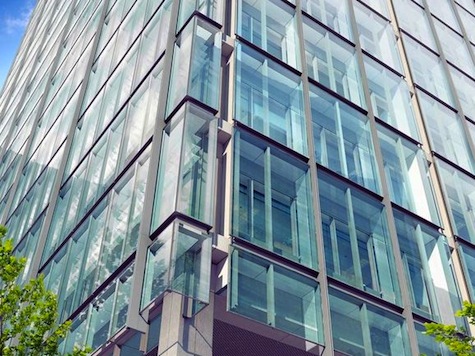WKYC-TV – CLEVELAND — Cleveland’s Anthony J. Celebrezze Federal Building seems like it’s a perpetual construction project. One improvement and enhancement has given way to another to another. It was built in 1967. The 32-story building is home to about 5,500 federal workers. Now it’s in the midst of a $121 million project to enclose the building in a second layer of glass. It’s an energy-saving effort, that would join a New Jersey federal building as the only skyscrapers to use the so-called “shrink-wrap” approach to save energy by creating what amounts to a giant thermos. But in this day of budget deficitis and concern about federal spending, some taxpayers are less than appreciative. Many federal workers in the building are experiencing furlough days because of sequester budget cuts. Taxpayer Tamika Bradley said, “I think it’s a waste of money. We are laying off police officers, EMS workers and we’ve got money for this?” The project is part of $5.5 billion in stimulus money being spent on energy upgrades at multiple federal buildings. The project also includes post 9-11 security improvements and the extra layer of glass and metal should soften the building’s stark appearance. Cleveland Plain Dealer Art and Architecture critic Steven Litt says, “There are gains and losses….It’s good for Cleveland because, if you don’t maintain thse things, they have to move those federal employees somewhere else. That’s a lot of payroll and a lot of payroll tax you are keeping in the city of Cleveland.” And Litt calls it a “Cleveland milestone, a national milestone” because it’s the first time in this country that a skyscraper is being wrapped with a second skin or energy conservation.” Taxpayer Metasem Jarrar said, “That does not make sense. We should be more realistic…I think it’s a waste of money and a waste of time.” Federal workers are not supposed to discuss official issues with reporters. But one told Channel 3’s Tom Beres that the project is the “biggest boondoggle.” The project should save around $700,000/year in energy costs. Boon or boondoggle, work is due to be done in late 2014.
Admin Spending $121 Million To Enclose Building With Glass, Create 60 Jobs

COMMENTS
Please let us know if you're having issues with commenting.